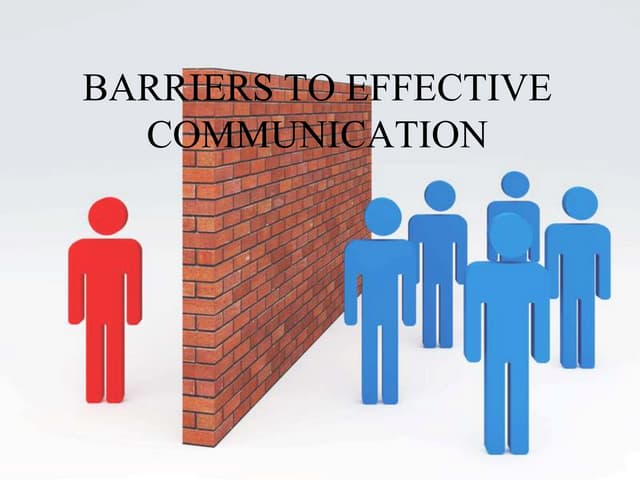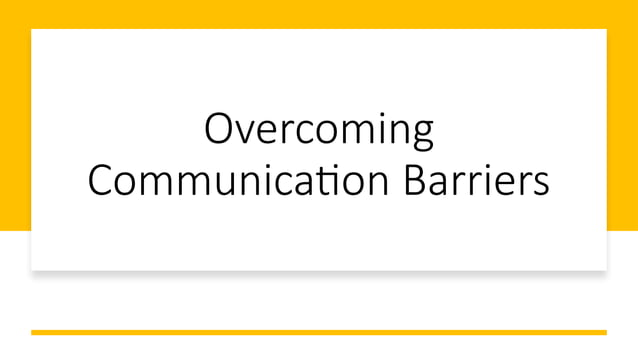Main Barriers To Effective Communication
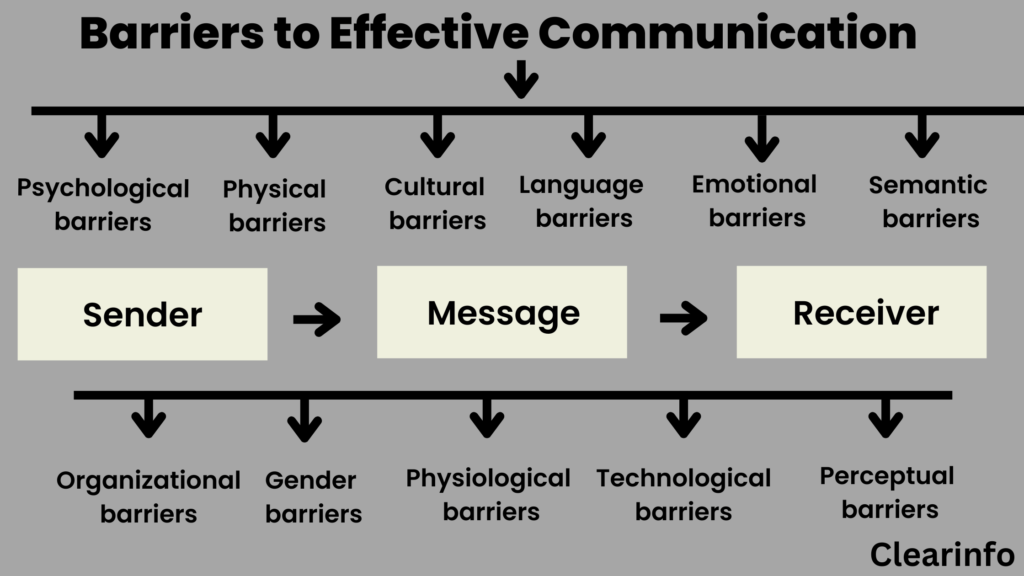
Imagine a bustling marketplace, vibrant with colors and sounds. Vendors hawk their wares, buyers haggle for the best prices, and a general hum of activity fills the air. But amidst this lively chaos, a simple request for a specific spice gets lost in translation, leading to frustration and unmet needs. This everyday scenario, writ large, mirrors the challenges we face in effective communication across all aspects of our lives.
The barriers to clear and meaningful communication are ubiquitous, impacting everything from personal relationships to professional collaborations. Understanding these obstacles is the first step toward building stronger connections and achieving shared goals. By recognizing and addressing these hurdles, we can foster a more transparent and productive environment for everyone.
Decoding the Communication Labyrinth
One of the most significant barriers is physical noise. External distractions like loud environments, poor phone connections, or visual clutter can impede the clarity of a message. Think of trying to have a serious conversation at a concert or attempting to understand a speaker with a faulty microphone.
Psychological noise, however, can be even more insidious. This refers to internal distractions such as biases, preconceived notions, and emotional states. If someone enters a conversation already feeling defensive or distrustful, they may misinterpret the speaker's words, regardless of their actual intent. This internal filter can distort the message and prevent genuine understanding.
Navigating Language and Cultural Differences
Language itself can be a major obstacle, especially in diverse environments. Even when individuals speak the same language, differences in vocabulary, slang, and dialects can create misunderstandings. Cross-cultural communication adds another layer of complexity, as nonverbal cues, etiquette, and communication styles vary significantly across cultures.
According to a study by the Pew Research Center, differing communication styles across generations can also create barriers. Younger generations, accustomed to instant messaging and social media, may find face-to-face or formal communication less efficient. Conversely, older generations might perceive digital communication as impersonal or lacking depth.
Overcoming Emotional Roadblocks
Emotions play a crucial role in how we communicate and interpret information. When individuals are stressed, angry, or anxious, their ability to listen actively and respond thoughtfully diminishes. Emotional intelligence, the capacity to understand and manage one's own emotions and those of others, is therefore essential for effective communication.
Lack of trust also acts as a significant barrier. If people do not trust the source of information, they are less likely to believe or accept the message. This can manifest in various forms, from skepticism towards political leaders to distrust in corporate communications after a scandal.
The Digital Divide: Challenges in the Age of Information
While technology has undoubtedly enhanced communication in many ways, it has also introduced new challenges. The sheer volume of information available online can lead to information overload, making it difficult to discern credible sources from misinformation. Furthermore, the anonymity afforded by the internet can contribute to aggressive or disrespectful communication, often referred to as cyberbullying.
Additionally, access to technology is not universal, creating a digital divide that disproportionately affects marginalized communities. This lack of access can further exacerbate existing inequalities and limit opportunities for participation in the digital age, according to data from the Federal Communications Commission (FCC).
Building Bridges: Strategies for Effective Communication
Overcoming these barriers requires conscious effort and a willingness to adapt our communication styles. Active listening, which involves paying close attention, asking clarifying questions, and providing feedback, is a crucial skill. Empathy, the ability to understand and share the feelings of others, allows us to connect on a deeper level and build trust.
In professional settings, clear communication protocols and training can help to mitigate misunderstandings. Establishing regular opportunities for feedback and open dialogue can create a culture of transparency and accountability.
"Effective communication is 20% what you know and 80% how you feel about what you know,"says Jim Rohn, underscoring the importance of emotional intelligence.
Ultimately, effective communication is about building bridges of understanding and fostering meaningful connections. By recognizing and addressing the barriers that impede our ability to communicate clearly, we can create a more inclusive, collaborative, and understanding world. It's a journey of continuous learning and adaptation, one conversation at a time.

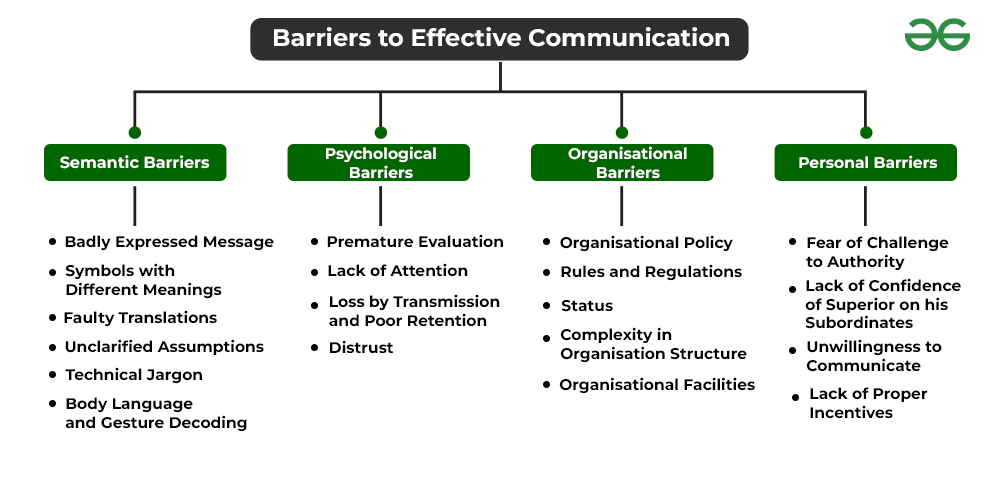
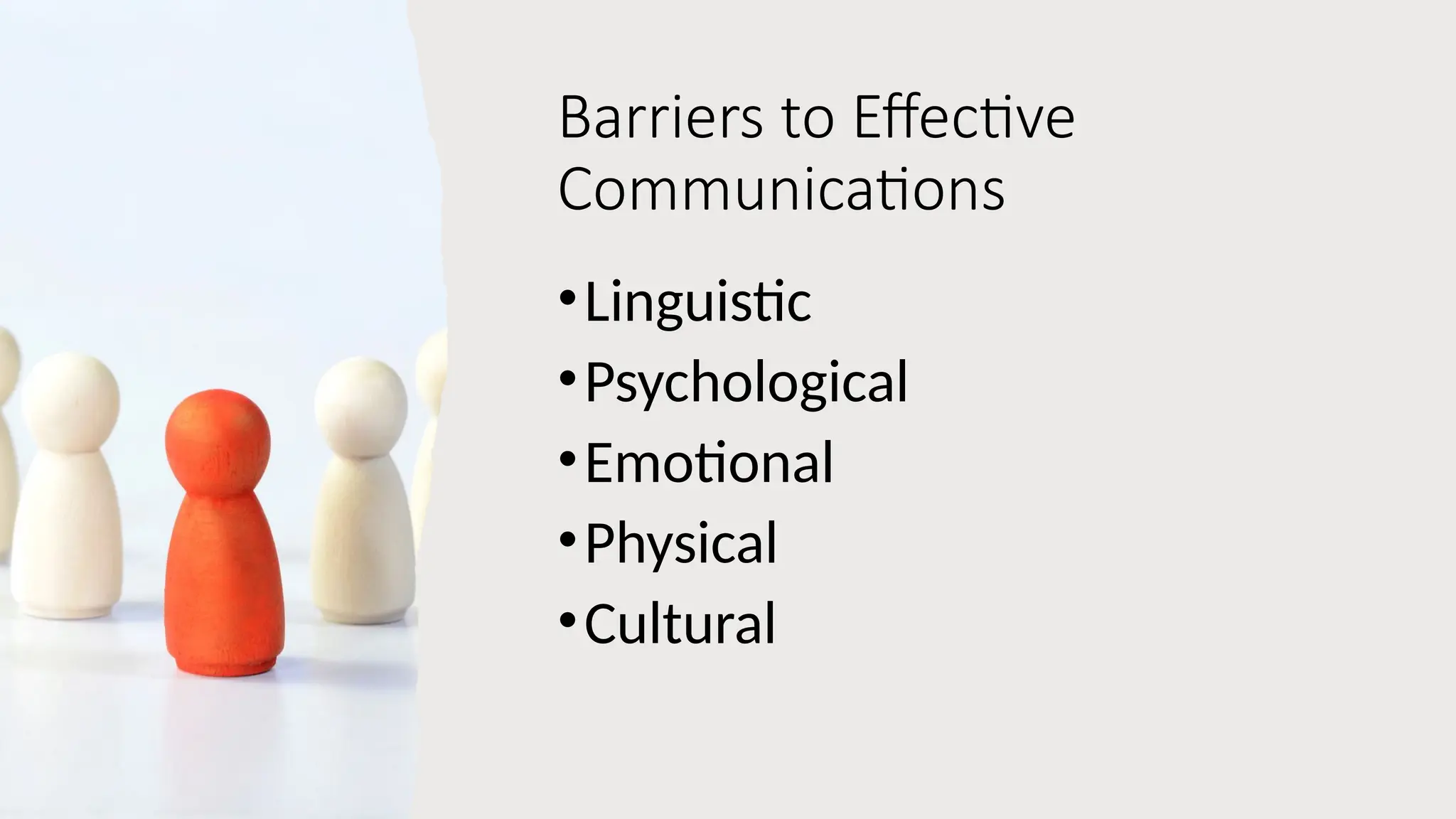
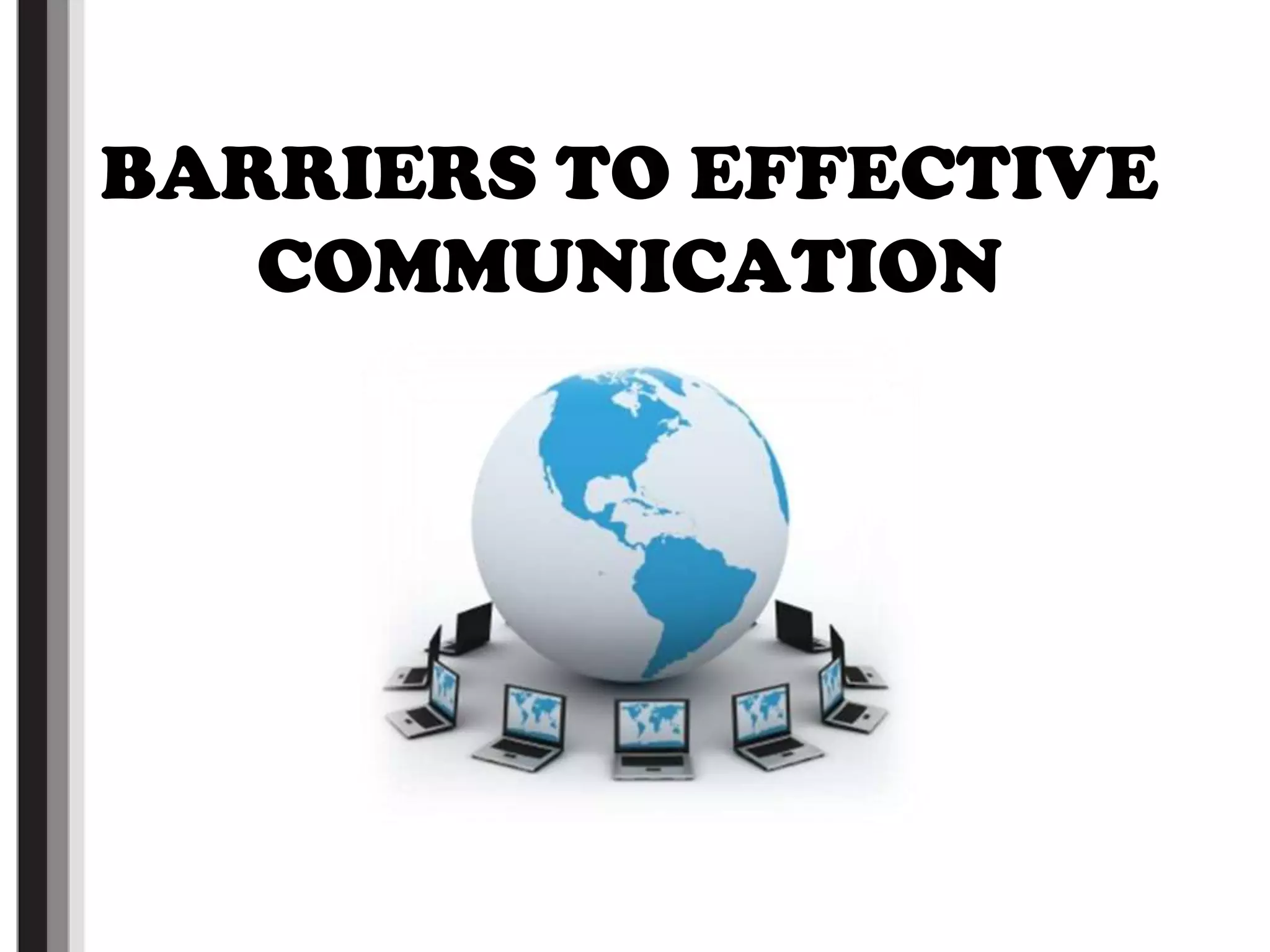

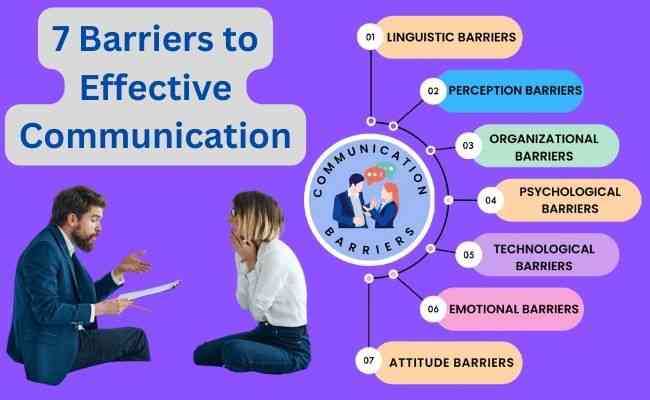
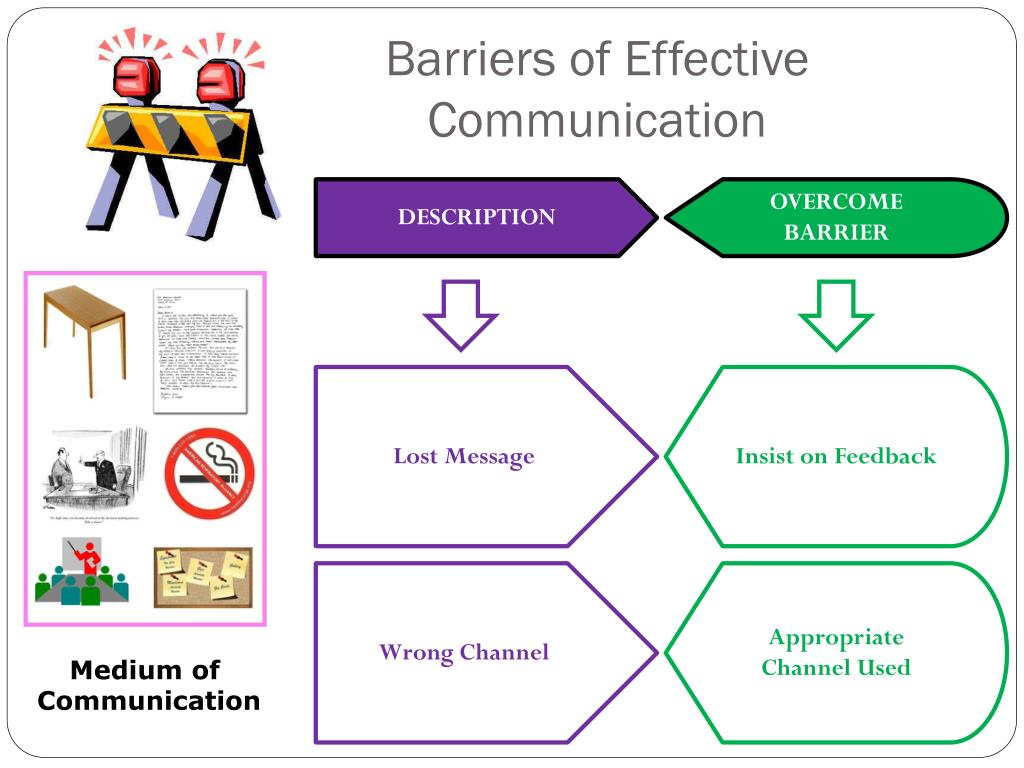
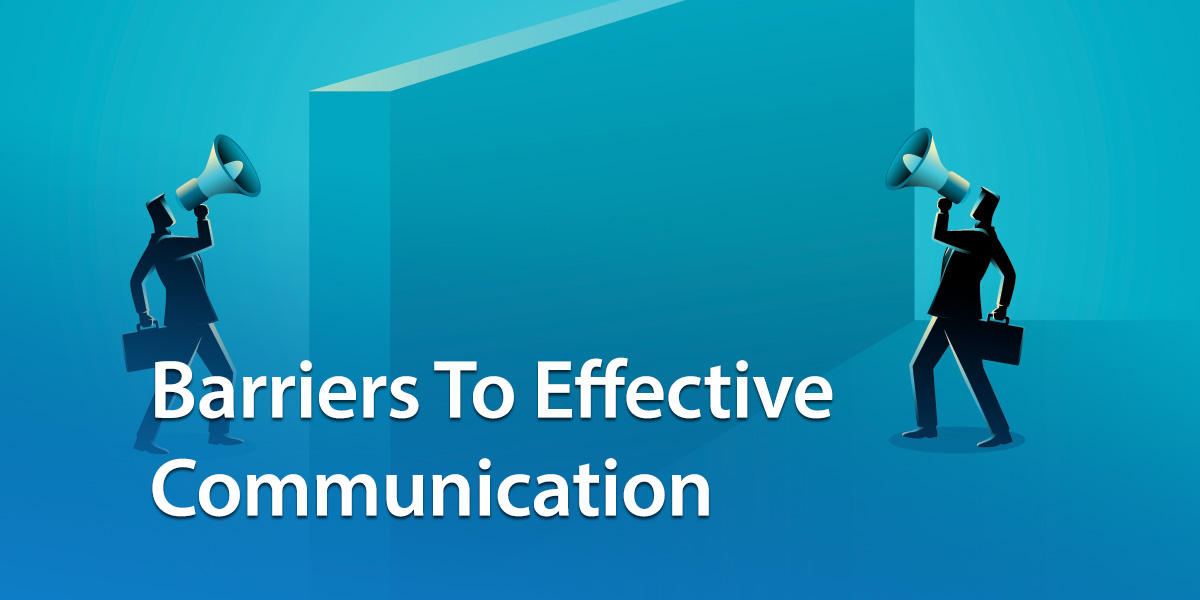
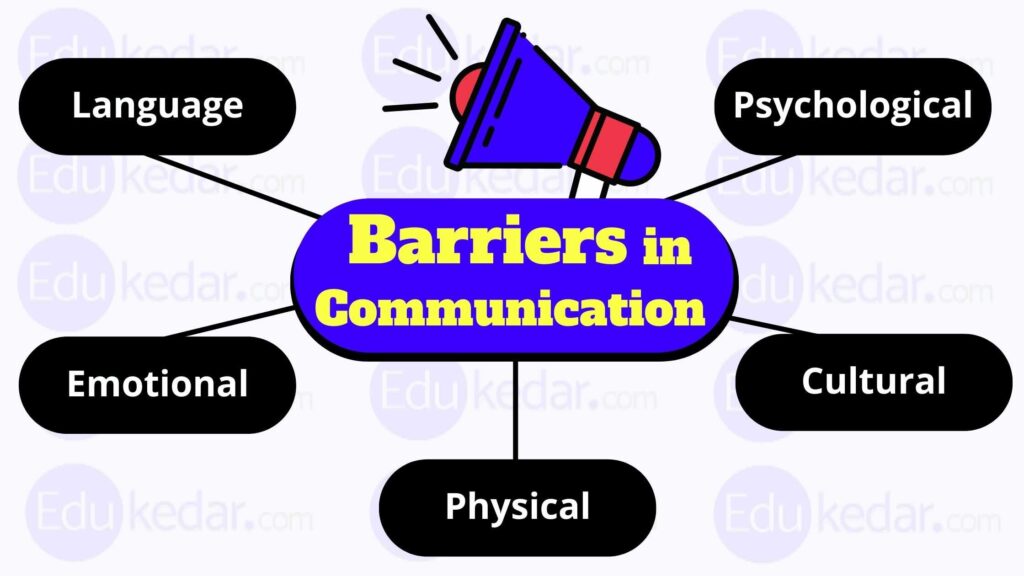

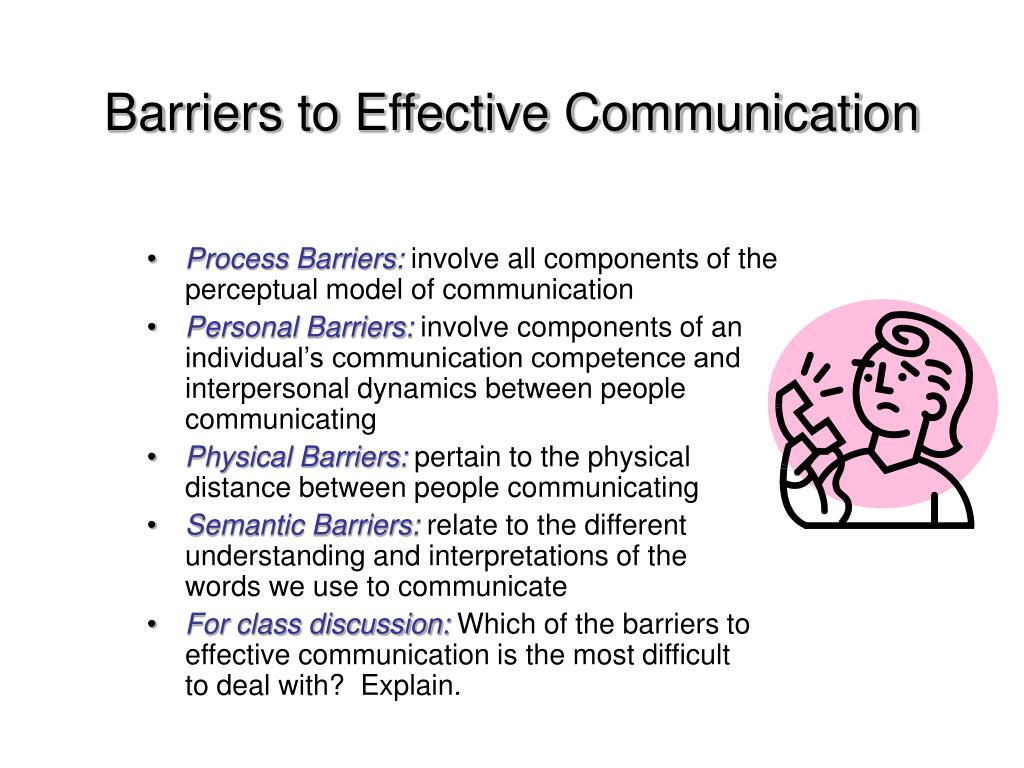
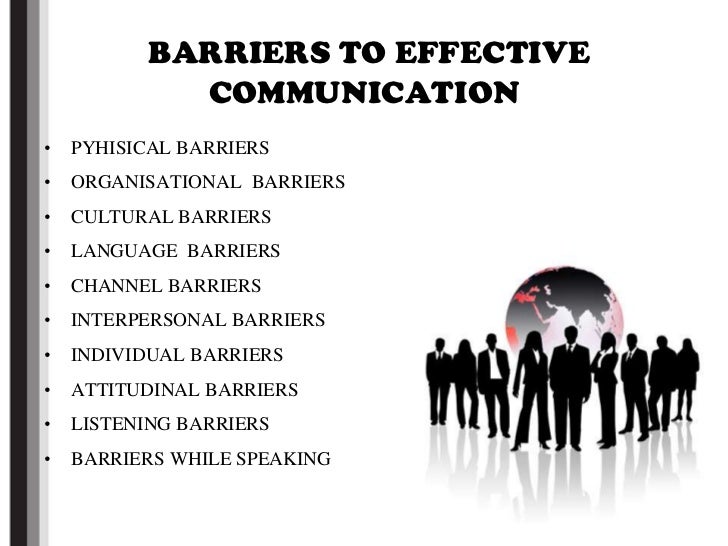


.webp)

